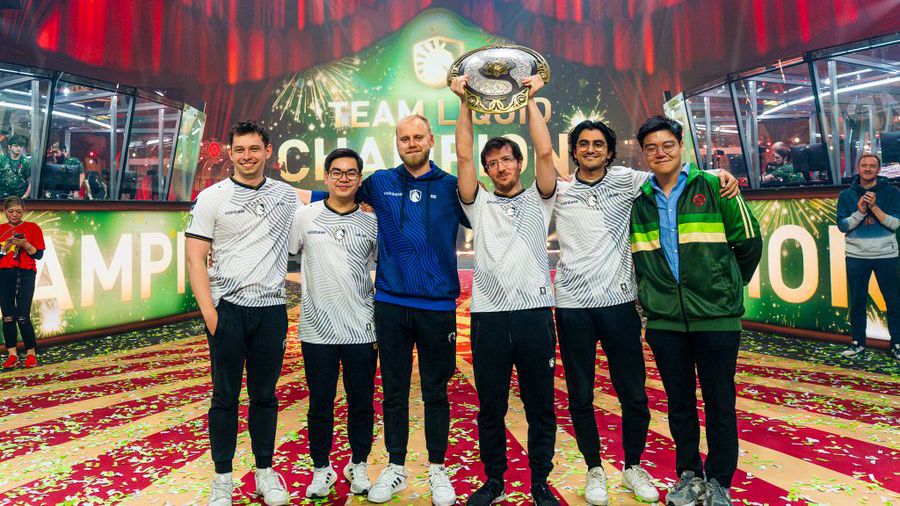
levelzjee
23.12.2024
2024: A Defining Year for Dota 2 Esports
The year 2024 marked a pivotal moment for Dota 2 esports. From Team Liquid's commanding victory at The International 13 to the seismic shift in competitive structure, the scene witnessed both triumphs and challenges that will shape its future.
Team Liquid's Reign at TI13
The International 2024, held in Denmark from September 4–15, crowned Team Liquid as champions. The roster of m1CKe, Nisha, 33, Boxi, and Insania showcased unparalleled consistency, dropping only three games throughout the tournament. Despite a significantly reduced prize pool of $2.56 million—far below the peaks of previous years—TI13 remained the pinnacle of competitive Dota 2.
Liquid’s dominance wasn’t just about winning; it was about how they won. Their precision, teamwork, and adaptability highlighted why they were the team to beat in 2024.

Riyadh Masters and the Esports World Cup
The Riyadh Masters 2024, part of the inaugural Esports World Cup in Saudi Arabia, brought together 20 of the world's best teams to compete for a $5 million prize pool. In a thrilling grand final, Gaimin Gladiators defeated Team Liquid, cementing their place as one of the top teams of the year.
This event showcased the growing influence of third-party tournaments, which are stepping into the spotlight following structural changes in the Dota 2 competitive ecosystem.
The End of the DPC Era
In a landmark decision, Valve officially discontinued the Dota Pro Circuit (DPC) format in 2024. This move allowed third-party organizers like ESL and the Riyadh Masters to take center stage, bringing fresh opportunities for innovation in tournament formats and storytelling.
The ESL Pro Tour emerged as a key player, hosting high-stakes tournaments with $1 million prize pools, ensuring a steady stream of top-tier competition throughout the year.
Challenges: Declining Prize Pools and Viewership
While Dota 2 retained its title as the highest-earning esports game with over $22 million in total prize money, this marked a 28% decline from 2023. Even flagship events like TI13 and Riyadh Masters saw reduced prize pools, signaling a broader trend of contraction in Dota 2’s financial ecosystem.
Compounding these challenges, The International failed to rank among the top 10 esports tournaments by peak viewership for the second consecutive year. This underscored ongoing difficulties in maintaining audience engagement, even as the game continued to deliver high-quality competition.
Meta Trends: Mirana and Naga Siren Dominate
The competitive meta at TI13 saw Mirana emerge as the most successful hero with a staggering win rate of nearly 64%. Meanwhile, Naga Siren was the most banned hero across drafts, reflecting evolving strategies and the ever-changing dynamics of the game.

2024 was a year of transformation for Dota 2 esports. Team Liquid’s triumph at TI13, Gaimin Gladiators’ Riyadh Masters victory, and the end of the DPC era marked significant milestones. Yet, challenges like declining prize pools and viewership remain hurdles to overcome.
As Dota 2 continues to evolve, its rich history and deep competitive ecosystem ensure its place as a cornerstone of esports. The question now is how the community and developers will adapt to sustain its legacy in the years ahead.
levelzjee
Article TAGS
Dota 2
News Feed
